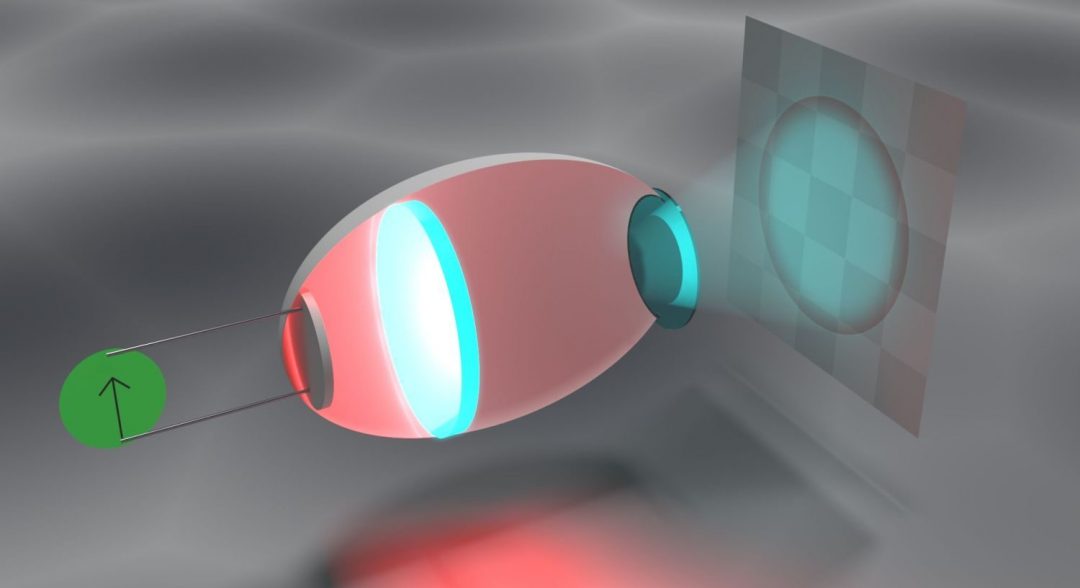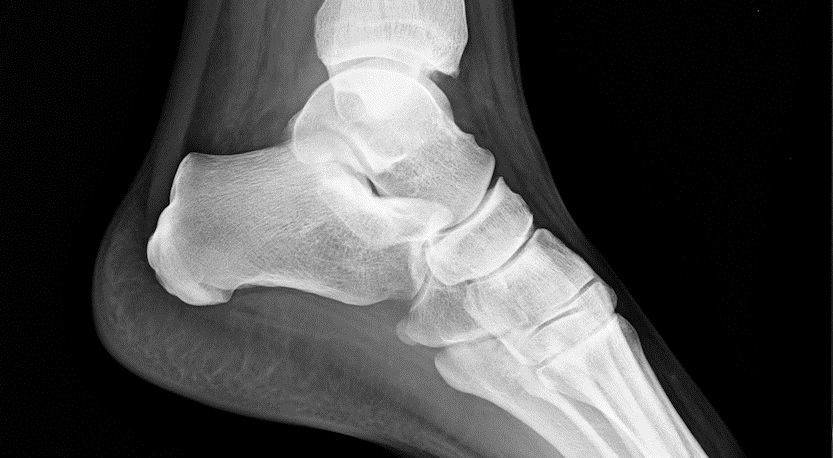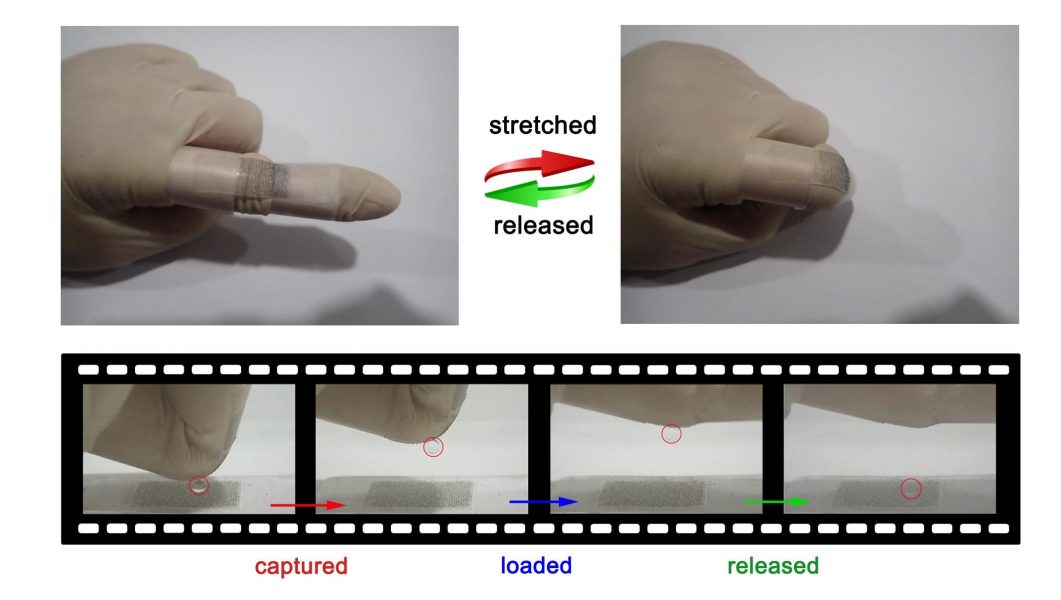New predictions for efficiently making blue lighting from red lighting.


New predictions for efficiently making blue lighting from red lighting.
![A Digital Coding Metasurface Controlled by Light [Video]](https://www.advancedsciencenews.com/wp-content/uploads/2018/09/advs201801028_ASN_image_new.jpg)
Researchers design a digital metasurface for real-time control of electromagnetic waves.

Wearable mercury sensors will radically change the field of food and water analysis.

Celebrating 30 years of Advanced Materials and the 15th anniversary of the NCNST!

A team of American researchers tested the possibilites of using Raman spectroscopy to assess collagen structure or collagen integrity in bone.

Smart artificial skin can be applied to the joints of fingers as a wearable tweezer to capture and release of droplets without energy supply or external appliance.

The world’s largest and most energetic laser fired with 2.15 megajoules (MJ) of energy – more than 10 % higher than the previous energy record set in March 2012.

Combining the state-of-the-art in photonic crystals, shape memory polymers, and electroactive polymers in a single nanocomposite makes for a zero-energy rewritable paper suitable for long term data storage.

A German team of scientists published an overview on all the most recent knowledge on the role of the ultraviolet radiation in eye health and its aging process.

An all-inorganic hetero-structured PeLED is demonstrated, fabricated using a new design strategy.